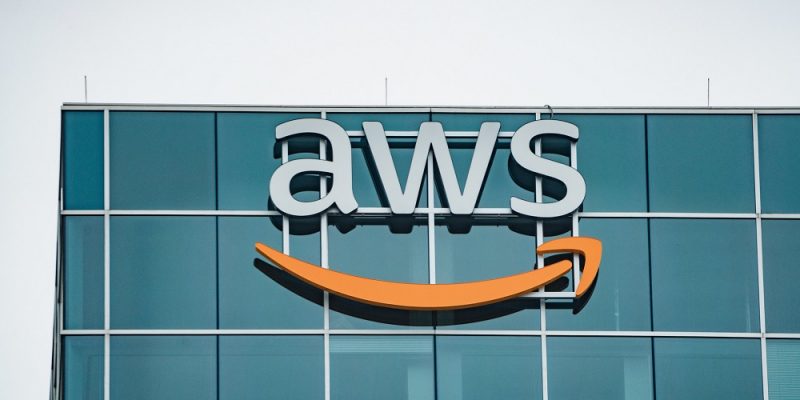 Friend or Foe? AI’s Complicated Role in Cybersecurity
Friend or Foe? AI’s Complicated Role in Cybersecurity
The mad dash to the cloud a few years back left many organizations scrambling to understand the true implications of this technological shift. Fueled by promises of scalability and cost savings, many companies jumped on board without fully comprehending key details. For example, many were asking how secure their data was in the cloud, who…










